
Factory farming conditions and antibiotic-resistant pathogens emerging as a result of them pose an existential threat to humans in the form of zoonotic diseases. Why it’s time to produce and consume food more thoughtfully.
Rich in healthy substances, seed oils have a number of properties and are used in cooking in a variety of ways. The all-important thing is to buy organic oil only. Here’s why.
Technically, seed oils are obtained by mechanical pressing and solvent extraction of oily seeds and are then involved in the industrial refining process in order to become edible. The manufacture of seed oils influences the quality of the product. The oils obtained through solvent extraction don’t contain the right amount (50-70 percent) of essential fatty acids, while mechanically extracted or cold extracted oils do. The seed oil processing also lowers the content of vitamin A, D, E and group B, lecithin, mineral salts and trace minerals. It is better to consume organic seed oils obtained through a pressing system impervious to light that guarantees high standards of quality. Organic oils are unrefined, for this reason they are also tastier than those obtained through solvent extraction.
It is better not to cook them. If you cook them, , they lose their flavour and, due to high temperatures, they develop unhealthy substances such as benzopyrene, acrolein and acrylamide.
It is widely used in cooking, but few people know that its beneficial properties depend on its quality. Actually, only if it is not produced through the use of solvents and if it is unrefined, it will preserve the essential fatty acids and all those substances, including lecithin, that make it effective to lower cholesterol levels. Unlike other seed oils, it endures high temperatures and it is stable until 170° C. It is suitable for people who suffer from celiac disease.

It is recommended to people suffering from stress, athletes and in all cases of psycho-physical fatigue. It is one of the most concentrated natural sources of vitamin E, that’s why it prevents fatty acid oxidation and it removes toxic chemicals, thus slowing down the ageing process. It also prevents arteriosclerosis, it lowers cholesterol levels and it strengthens the heart and muscles. When cooked, it loses its content of vitamin B12, which is rarely found in vegetables and precious for vegetarians. It is not suitable for people who suffer from celiac disease.
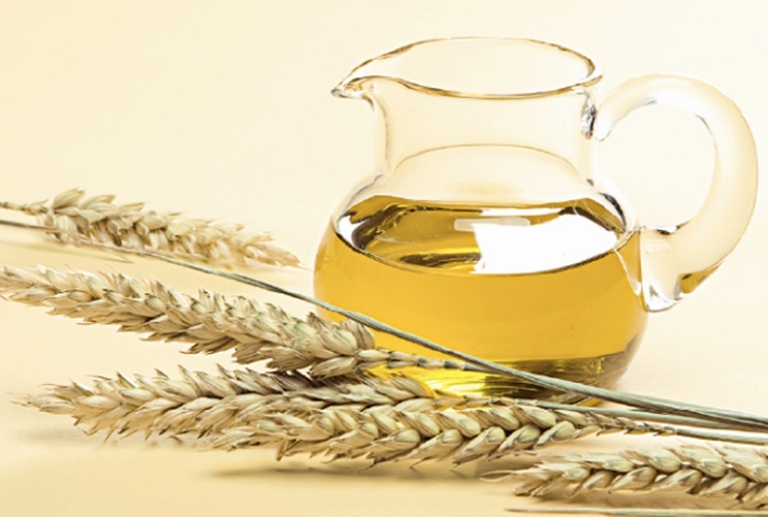
Tasty and versatile in cooking, it contains fatty acids as well as many vitamins, including vitamin E, which makes it a beauty elixir for skin and hair. In cooking, it can replace or can be used along with olive oil in many food preparations such as sauces, salads, fish or cereal recipes. It should be stored in the fridge in a dark bottle.
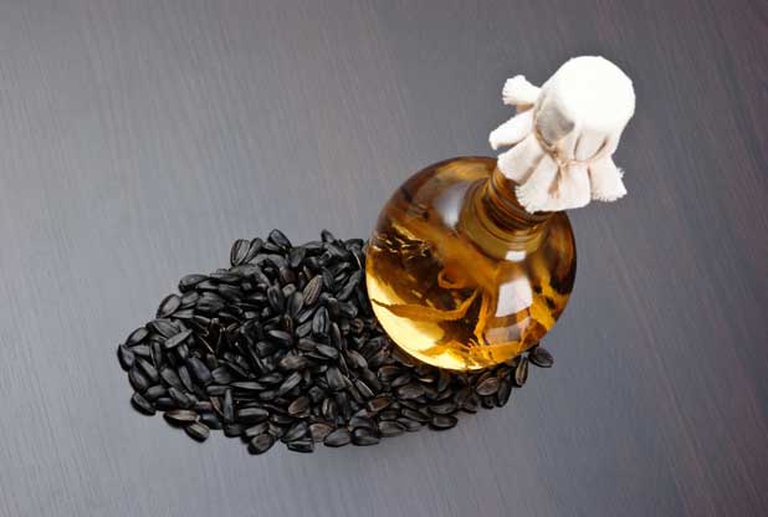
It is extracted from Cannabis Sativa seeds, it is green and it tastes of hazelnut. Hempseed oil is rich in carbohydrates, crude fibre and mineral salts including iron, calcium, manganese and phosphorus. It also contains lots of vitamins: A, E, PP, C, and group B. It has a high percentage of polyunsaturated fatty acids, mostly Omega-3 and Omega-6, in a 3:1 ratio. In cooking it is used to season salads, sauces, cereals and soups. It is used in medicine to treat psoriasis, eczema, rheumatoid arthritis, osteoporosis, menopause, diabetes, depression, memory and learning deficit, respiratory problems, and degenerative diseases of the immune system.
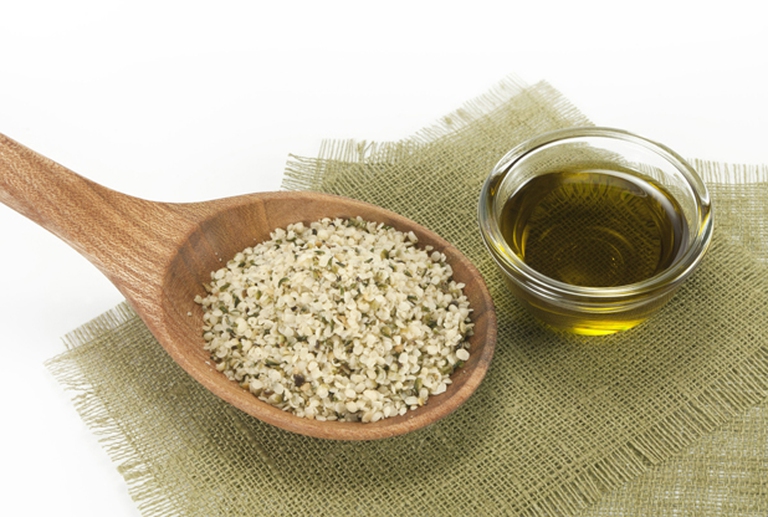
The ratio of Omega 3 and Omega 6 fatty acids it contains is balanced: if the Omega 6 had been more, the positive effects of the Omega 3 would have disappeared. Linseed oil protects from cardiovascular, inflammatory and neurodegenerative diseases and some kinds of cancer. It is highly recommended to consume cold-extracted linseed only and to keep it in the fridge in an opaque bottle, because when exposed to warm room temperatures it loses its nutrients. It is sufficient to put a few drops of this oil on your dishes if you want to feel its benefits.
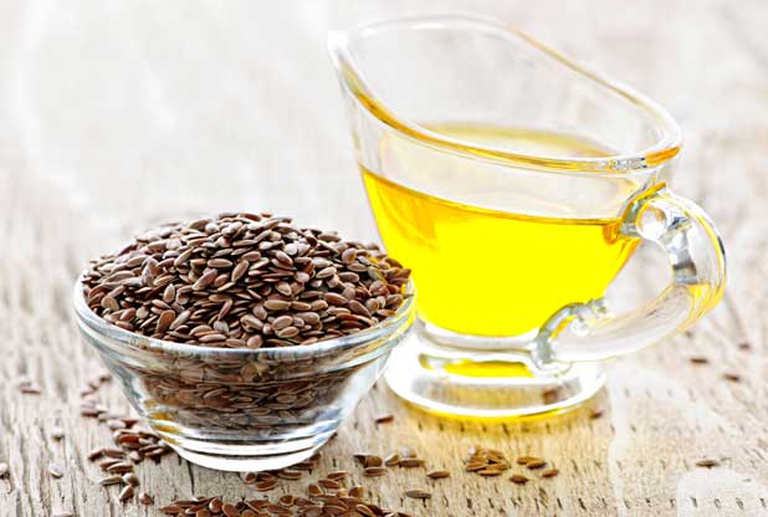
Derived from sesame seeds, this oil is rich in vitamins and minerals, it boosts the immune system, it is restorative and relaxing. It has an intense flavour, resembling that of almonds, and it is suitable to season ethnic dishes, sauteed vegetables and biscuits. Its content of lecithin, a phospholipid that dissolves fat and that makes blood more fluid, avoids fat and cholesterol storage in the arteries. Industrial sesame oil has a sweetish taste which is absent in the organic product. Sesame is produced in countries with low-cost labour, because it is still gathered by farmers. India and China are the major producers in the world.
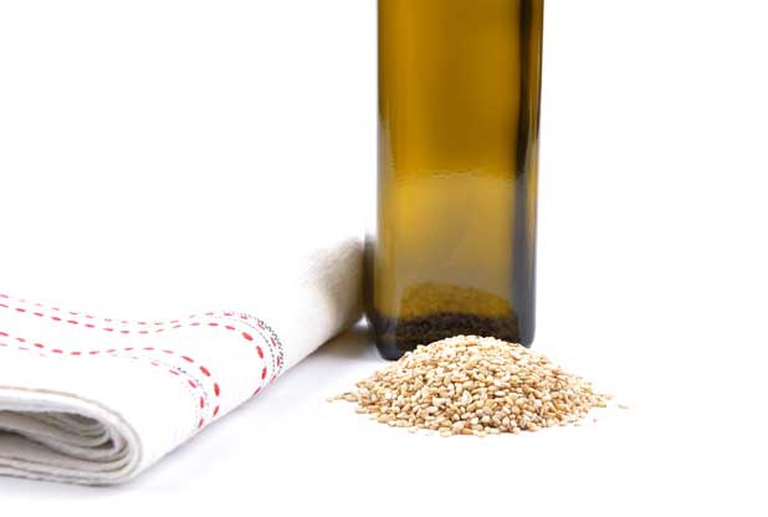
Safflower is an annual plant which is mainly grown in India; it can be found even in Spain and Portugal. From its seeds, an oil rich in Omega 6 and vitamin K is derived. Vitamin K triggers the production of prothrombin, an essential component of the blood-clotting mechanism, and osteocalcin, a protein found in bones implicated in calcium ion homeostasis. Safflower oil – a scented yet not-so-tasty oil – is used raw to flavour salads and cooked vegetables.
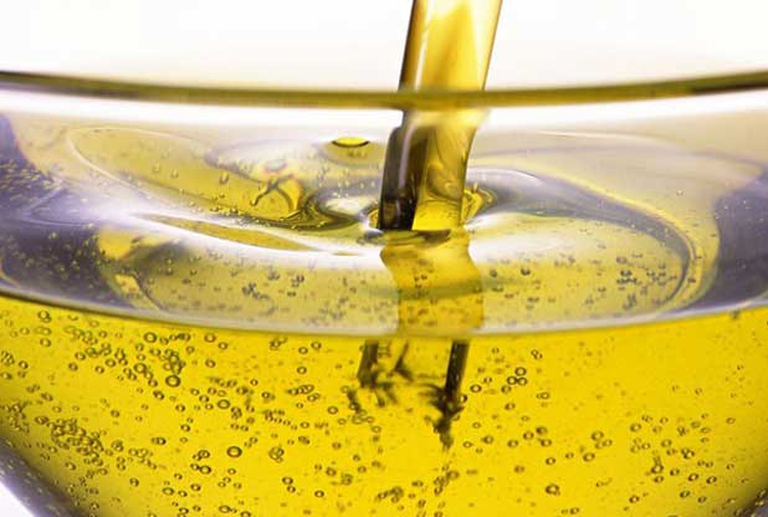
A natural antioxidant, it is considered a really effective remedy for prostate disorders. It is very high in linoleic acid, an essential fat that our body doesn’t produce, and it contains cucurbitin, a substance that can eliminate parasitic worms. The pumpkin seed oil is also used to treat inflammation and it is recommended to alleviate urinary tract infections. It’s a source of minerals and all fat-soluble vitamins, especially vitamin E. It is advisable to use 2-3 spoonful of pumpkin seed oil every day.

It is derived from the small seeds of grapes, which are very high in polyunsaturated fatty acids. It is used both in cosmetics and cooking because it lowers cholesterol levels. It is rich in polyphenol antioxidants and it protects the cardiovascular system. It is excellent when used to marinate fish and to season fresh cheese and it is one of the main ingredients of margarine. It should be kept in the fridge, away from light and heat.
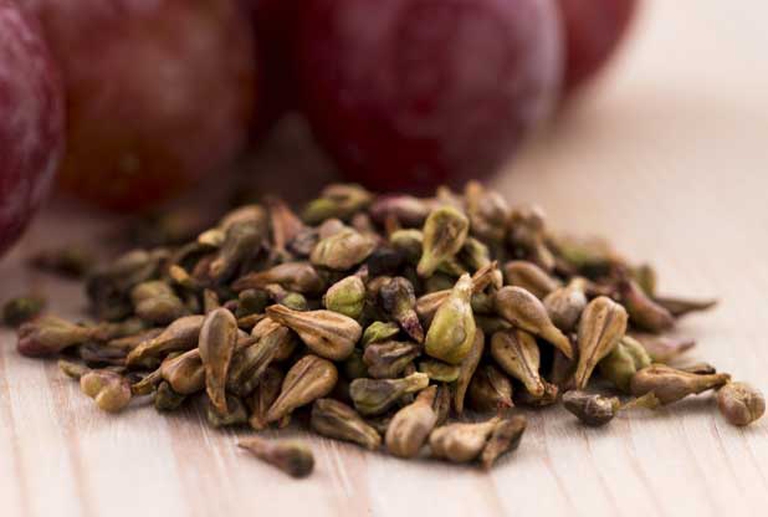
Siamo anche su WhatsApp. Segui il canale ufficiale LifeGate per restare aggiornata, aggiornato sulle ultime notizie e sulle nostre attività.
![]()
Quest'opera è distribuita con Licenza Creative Commons Attribuzione - Non commerciale - Non opere derivate 4.0 Internazionale.
Factory farming conditions and antibiotic-resistant pathogens emerging as a result of them pose an existential threat to humans in the form of zoonotic diseases. Why it’s time to produce and consume food more thoughtfully.
The world of cinema recognises the link between food choices and the climate crisis by offering vegan menus for awards season events, including at the most important of them all: the Oscars.
Let’s look at the reasons behind the growth of veganism in India, as a small yet vocal section of the population turns towards this diet and lifestyle in the largest milk producing country in the world.
by Jeffrey Y. Campbell, Manager of the Forest and Farm Facility at FAO In the Ecuadorian Amazon, Kichwa farmers grow dozens of products on tiny parcels of land. Their lands hum with biodiversity, yielding nutritious foods that have sustained families for generations. Wandering among fruit and nut trees and crops, these indigenous agroforesters fill their baskets
Mint has many health benefits, but in food it’s often accompanied by artificial green colourings. Instead, Galatea has created a green mint ice cream in a completely natural way.
We’re talking about Galatea, a company that produces semi-finished products for artisanal ice creams using high quality ingredients, natural colouring, excluding thickeners and hydrogenated fats, respecting the environment and supporting the less fortunate.
The mad rush to fake food, like fake meat made with genetically-modified soy, ignores the importance of the diversity of our foods and culinary cultures. It’s a recipe to accelerate the destruction of the Planet and our health.
Like with all foods, the quality of an ice cream can be discerned by reading its label. An expert explains how to do this, and tells us how their company steers clear of chemicals, using only natural ingredients to produce an excellent and “free” ice cream.
Quality ingredients, no artificial colouring and hydrogenated fats. These are the main features of a great ice cream. But what makes an ice cream parlour “good”, i.e. sustainable?







